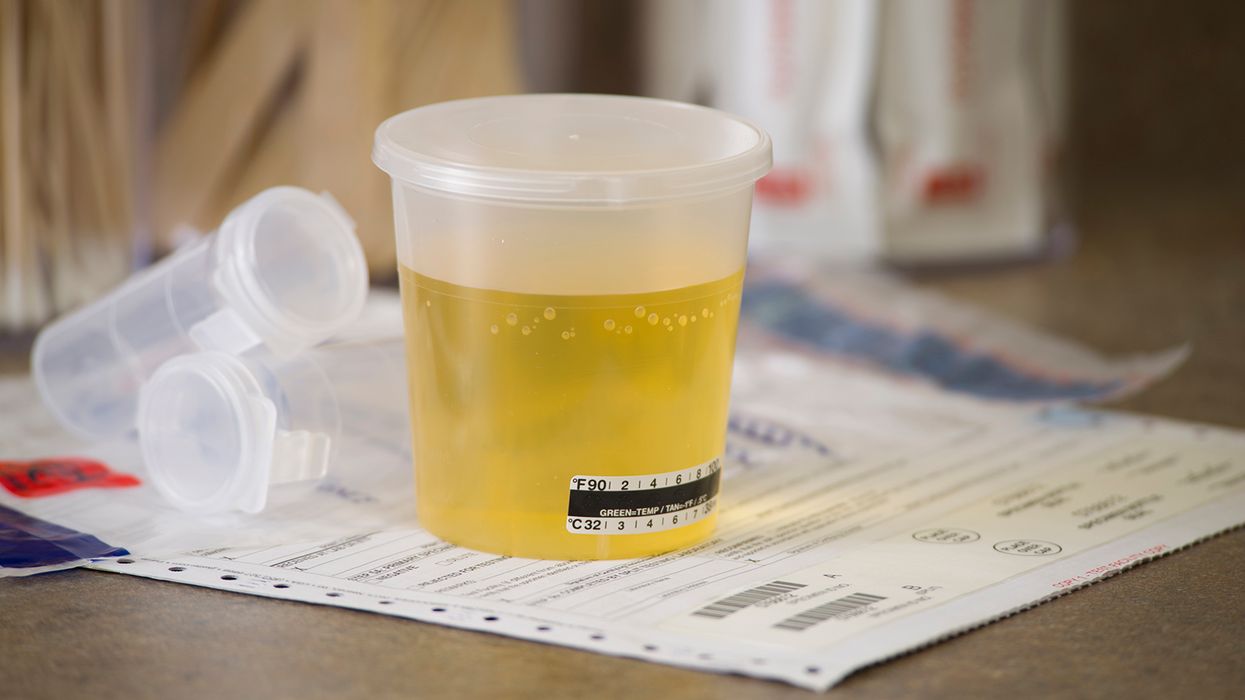Lithium battery lingo: How many buzzwords do you know?
Over the past several years, lithium batteries have become highly regulated as a hazardous material when being transported. These regulations contain terms or "lingo" that are important to know when following the regulations. So, do you know your lithium battery lingo?
Let’s look at the terms you need to be familiar with.
Lithium Metal
Lithium metal batteries are a primary (non-rechargeable) battery that uses lithium metal or lithium alloys as the primary component of its anode and manganese dioxide as a component for the cathode. These batteries are typically found in smaller electronic devices with replaceable batteries.
Lithium Ion
Lithium ion (Li-ion) batteries are a secondary (rechargeable) battery that uses lithium ions as the primary component of its electrolyte. Li-ion batteries can use several different materials as electrodes. The most common combination is that of lithium cobalt oxide (cathode) and graphite (anode). These batteries are typically found in electronic devices that are rechargeable.
Battery vs. Cell
Most people use the word "battery" as a broad term that encompasses both batteries and cells. It’s important to know the regulations refer to them separately as batteries or cells because there are different requirements for each one.
A cell is a single electrochemical unit that has two electrodes (one positive and one negative), one electrolyte, one separator, and one electric circuit. Typically, these can include button cell, AA, AAA.
A battery is made up of two or more cells that are connected to obtain the desired voltage. Typically, these can include car and laptop batteries.
Lithium Metal Content
Lithium metal batteries are rated by the amount of lithium metal or alloy they contain by weight in grams. Newer lithium metal batteries are required to have the watt-hour marked on the battery, so finding the lithium metal content should be as simple as looking on the battery itself.
If the lithium content is not listed on the battery, you can calculate the lithium content yourself using the equation: Ah x 0.3 x number of cells = lithium content (Ampere-hour x 0.3 (It requires about 0.3 grams of lithium metal to produce 1 Ampere hour of power) x the number of cells the battery has = lithium content in grams).
Example: A battery that has 2.5 Ah and 6 cells would have a lithium metal content of 4.5 grams (2.5 x 0.3 x 6 = 4.5).
Watt-Hour
Watt-hours are used to express how much energy (measured in watts) a lithium-ion battery can use in one hour. Newer lithium-ion batteries are required to have the watt-hour marked on the battery, so finding the watt-hour should be as simple as looking on the battery itself.
If the watt-hours aren’t listed, you can calculate the watt-hour yourself using the equation: Ah x V = Wh (Ampere-hour x Volt = Watt-hour). Since most batteries already have the ampere-hours and volts marked on the battery, this formula should be easy to calculate.
Example: A battery that has 50 Ah and 12 V would have 600 Wh (50 x 12 = 600).
Key to remember: Lithium battery terms are important know and understand when following the regulations.



















































